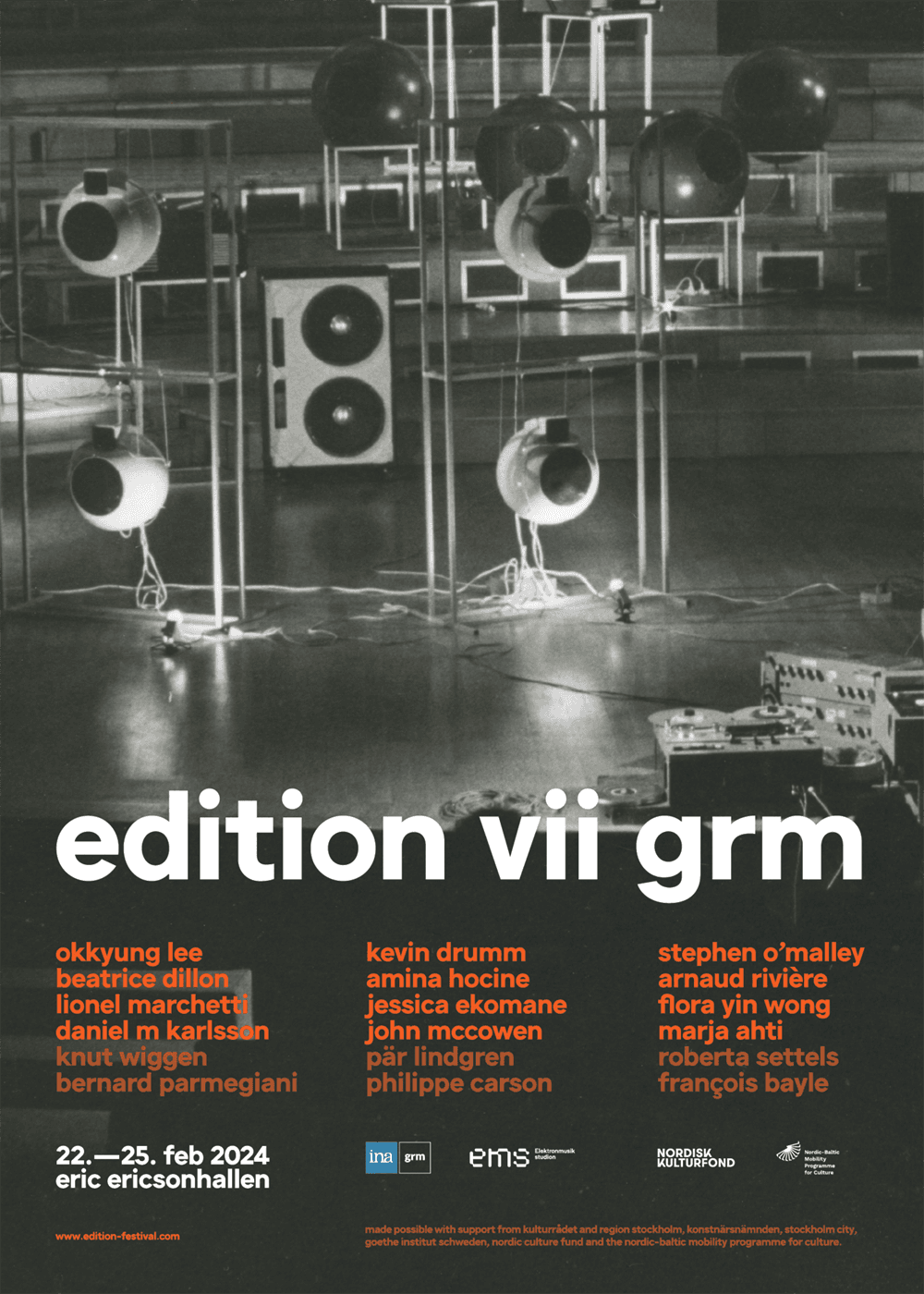Knut Wiggen (1927–2016) was a Norwegian-Swedish pianist, administrator, and composer. Influenced by Musique Concrète and pioneers of electronic music, he quickly rose to a leading position within the Swedish music avant-garde.
From 1959 to 1969, he served as the chairman and dominant ideologist of the Fylkingen association. In 1964, he established the Electronic Music Studio at Sveriges Radio, which, in 1969, transformed into Elektronmusikstudion (EMS). This initiative contributed to Stockholm becoming a European hub for electronic music composers. As the studio director at EMS until 1975, his vision significantly shaped the studio’s activities. Collaborating with the studio’s programmers, he focused on developing techniques for sound generation and composition using computers, particularly through the proprietary composition program MusicBox—a modular, object-based environment for music programming in the EMS computer studio. During the same period, he organized the Visioner av nuet festival (1966) and UNESCO’s international conference Music and Technology: The Composer in the Technological Era (1970).
EMS för sig själv (EMS for Itself) was composed at EMS on Kungsgatan 8 in 1975. The piece is an early example of computer-assisted generative music. Due to the time-consuming calculations performed by the EMS studio computer, Wiggen left the computer running overnight after the workday. Upon returning the next morning, he discovered an unforeseen event had occurred, causing the computer to generate music that he perceived as detached from the composer’s true intentions. He concluded that the computer had developed its own life and asked technician Per-Olov Strömberg to record the audible result on a tape recorder.
